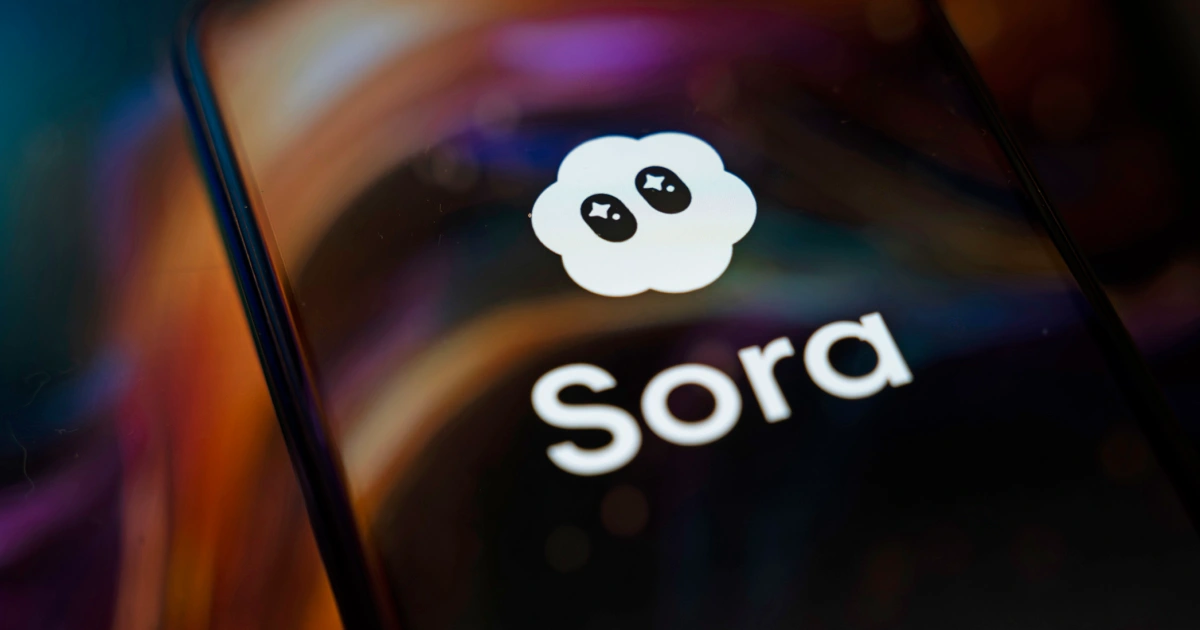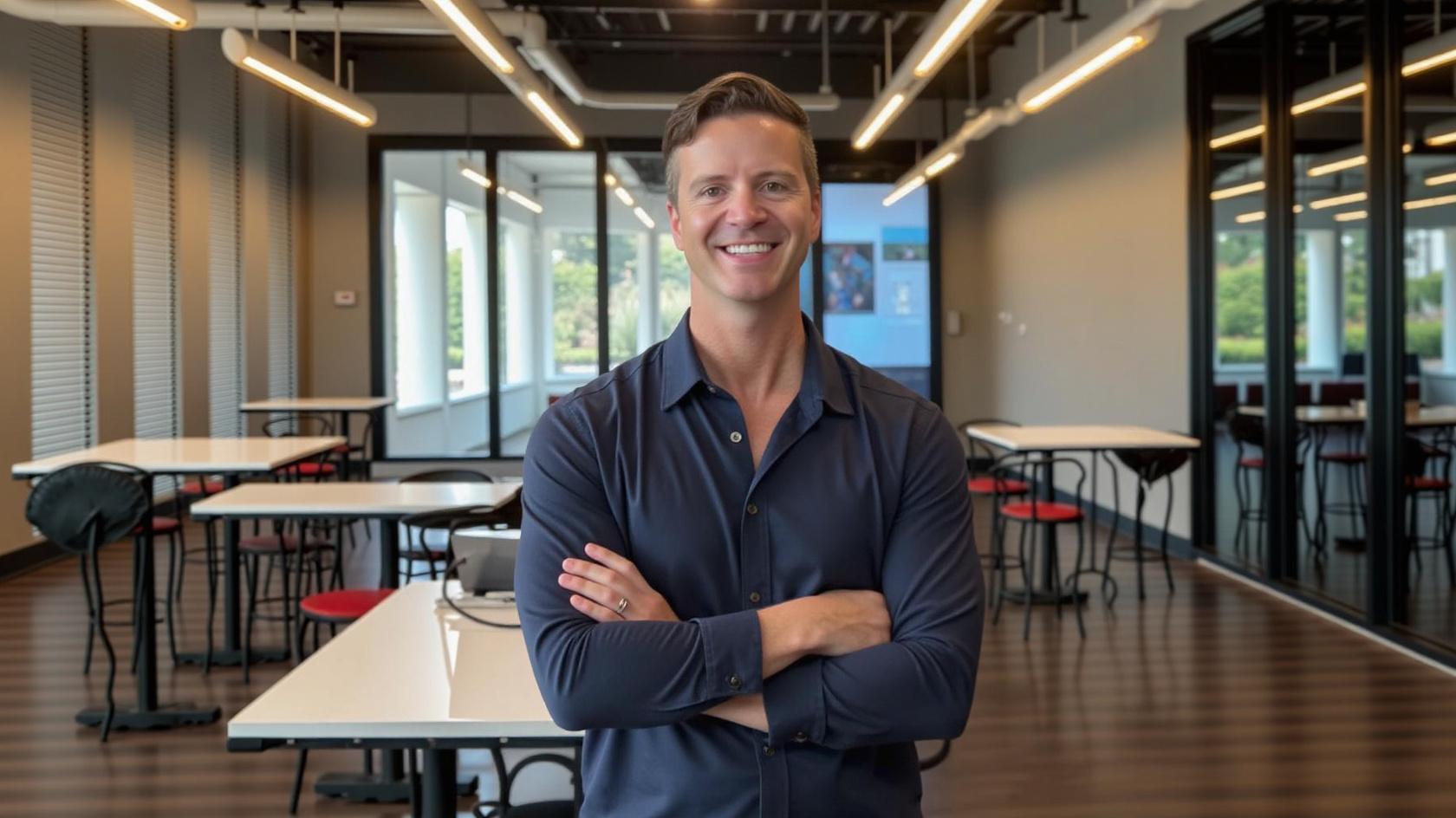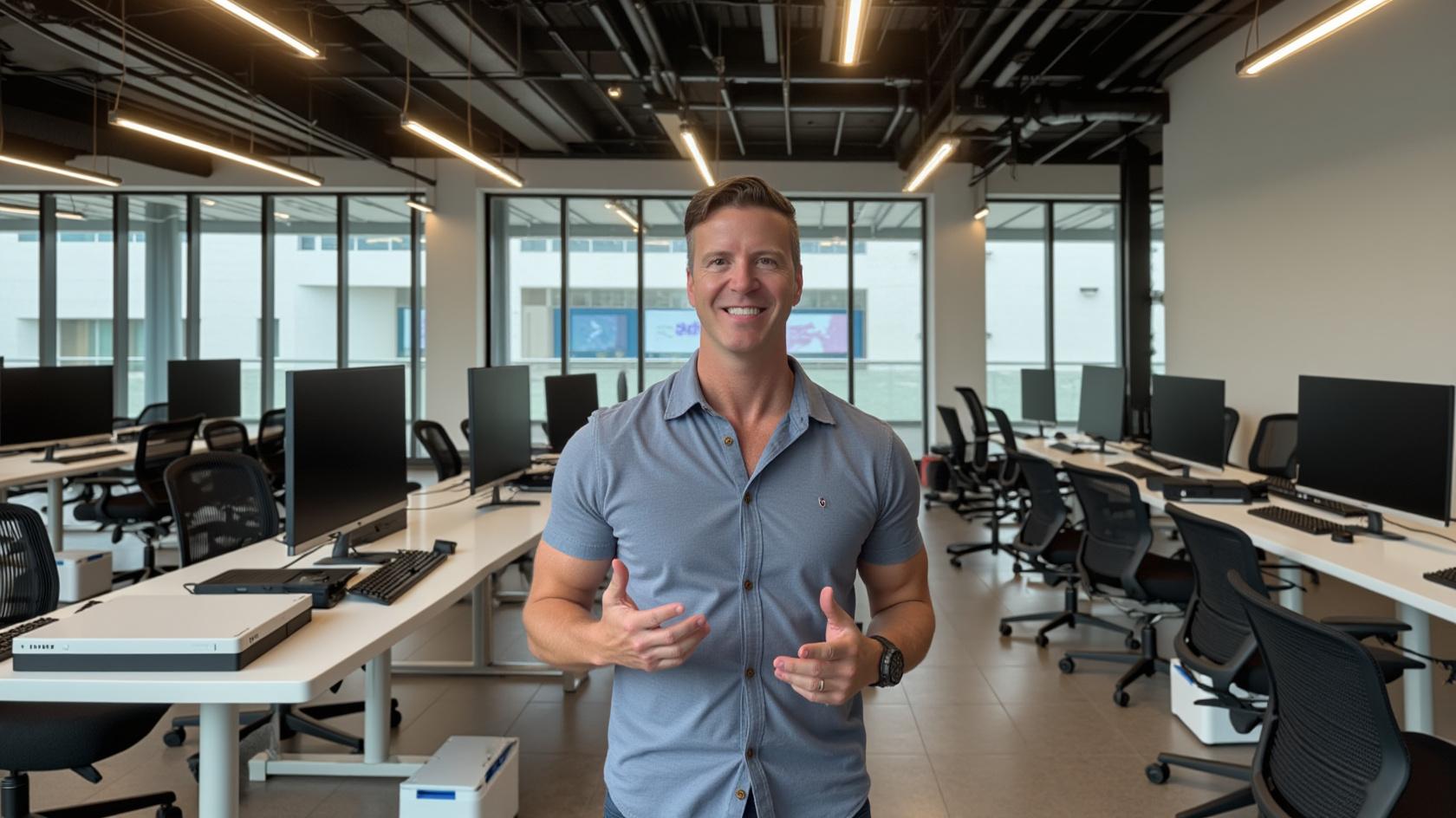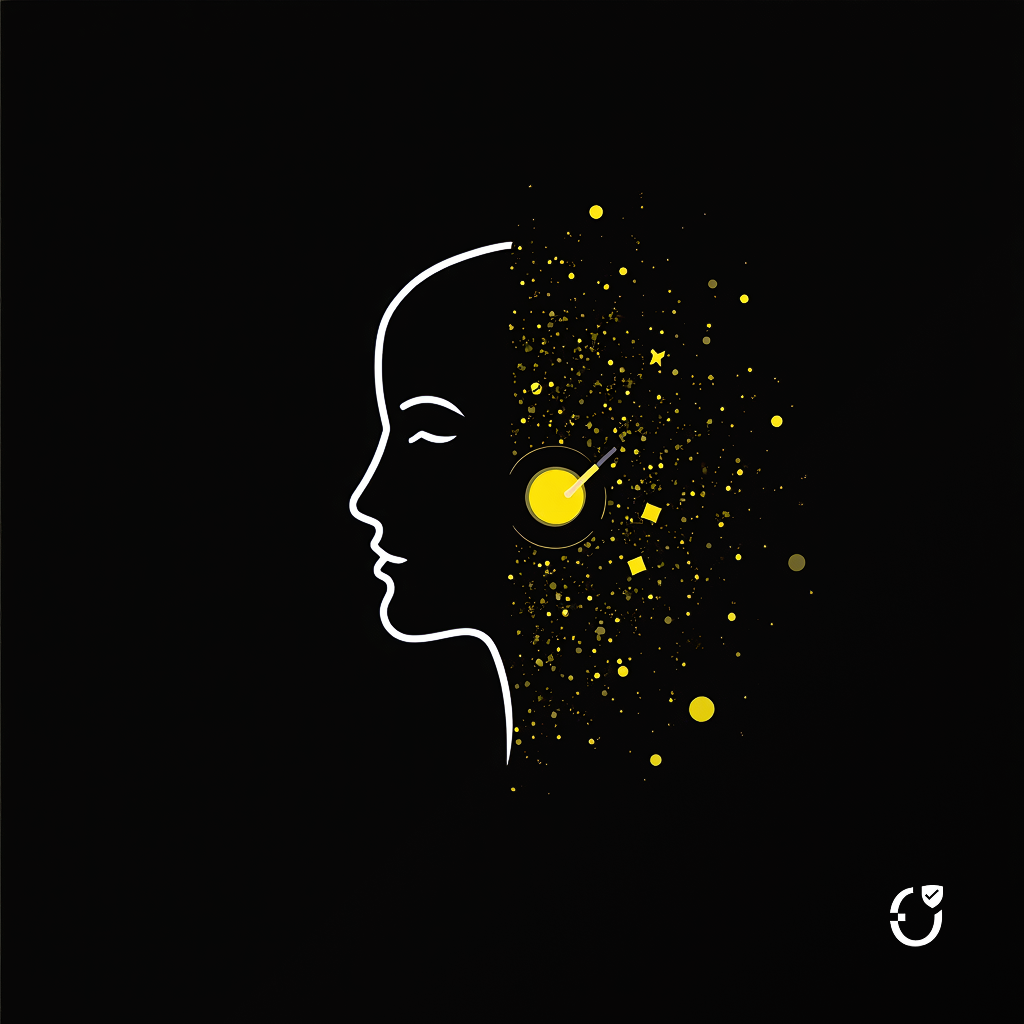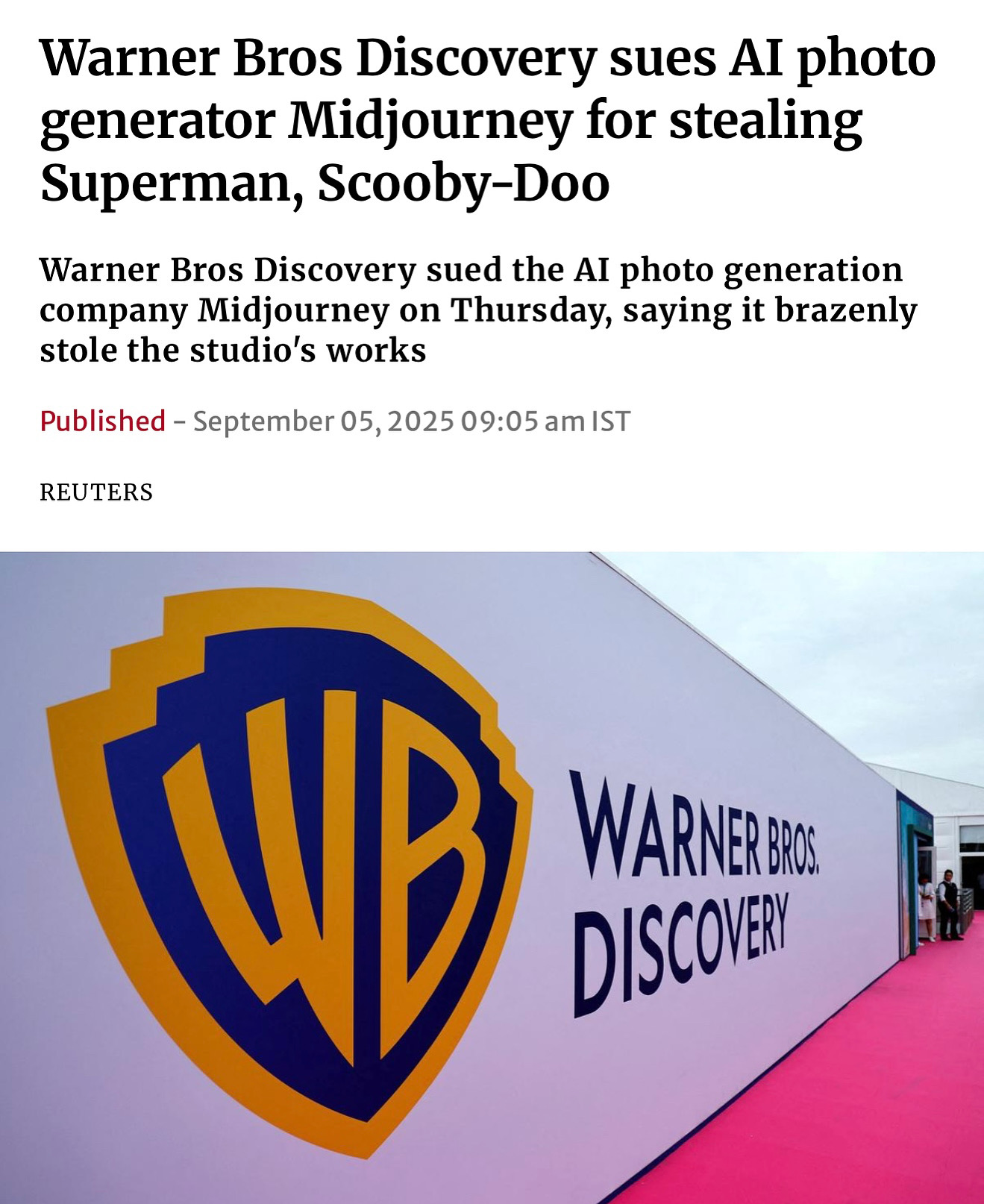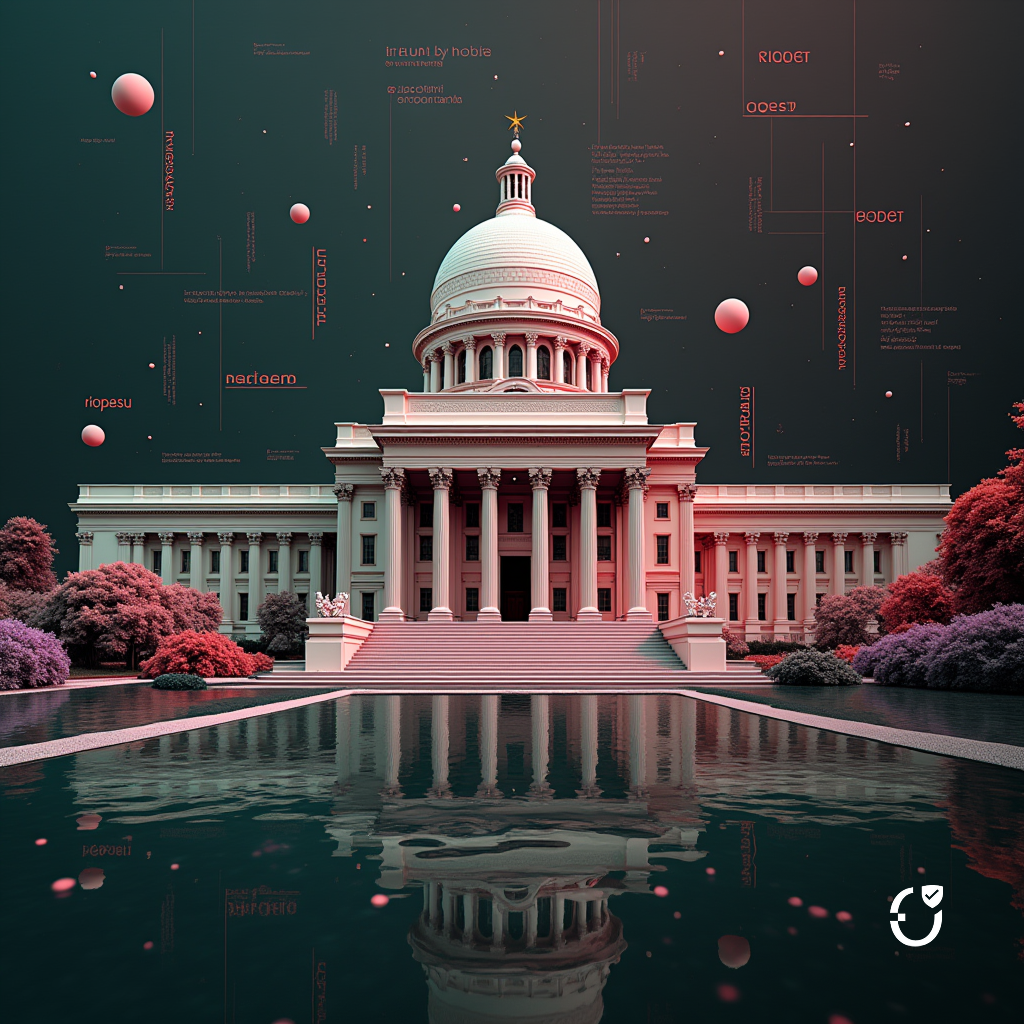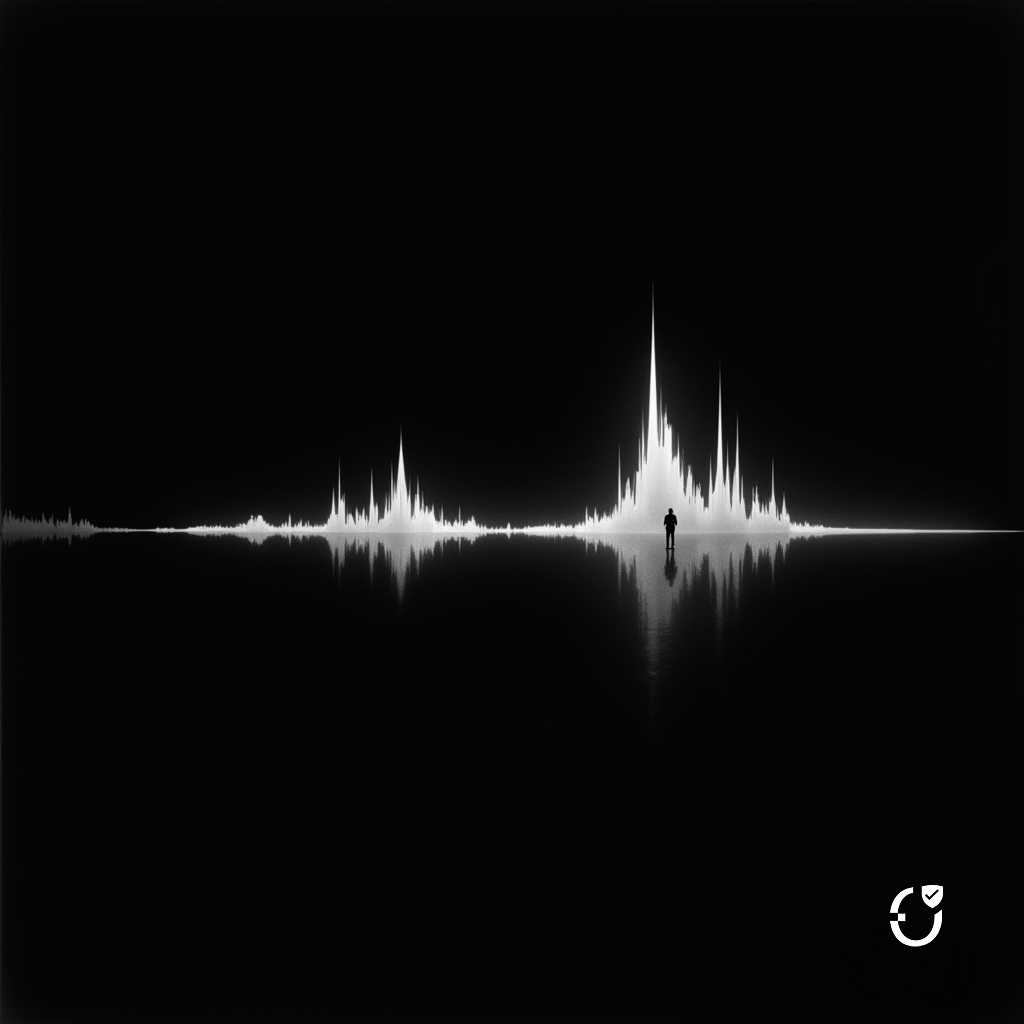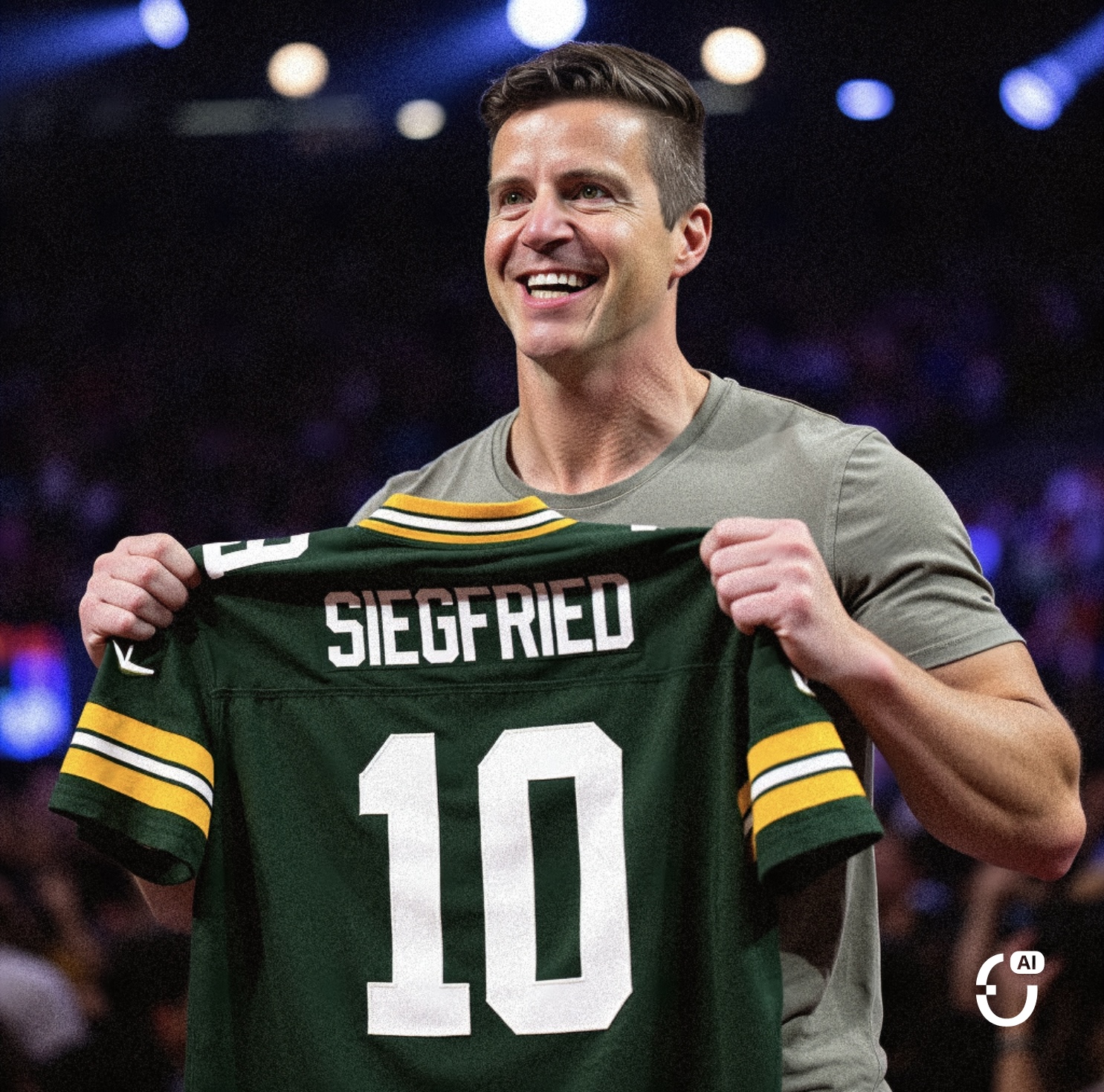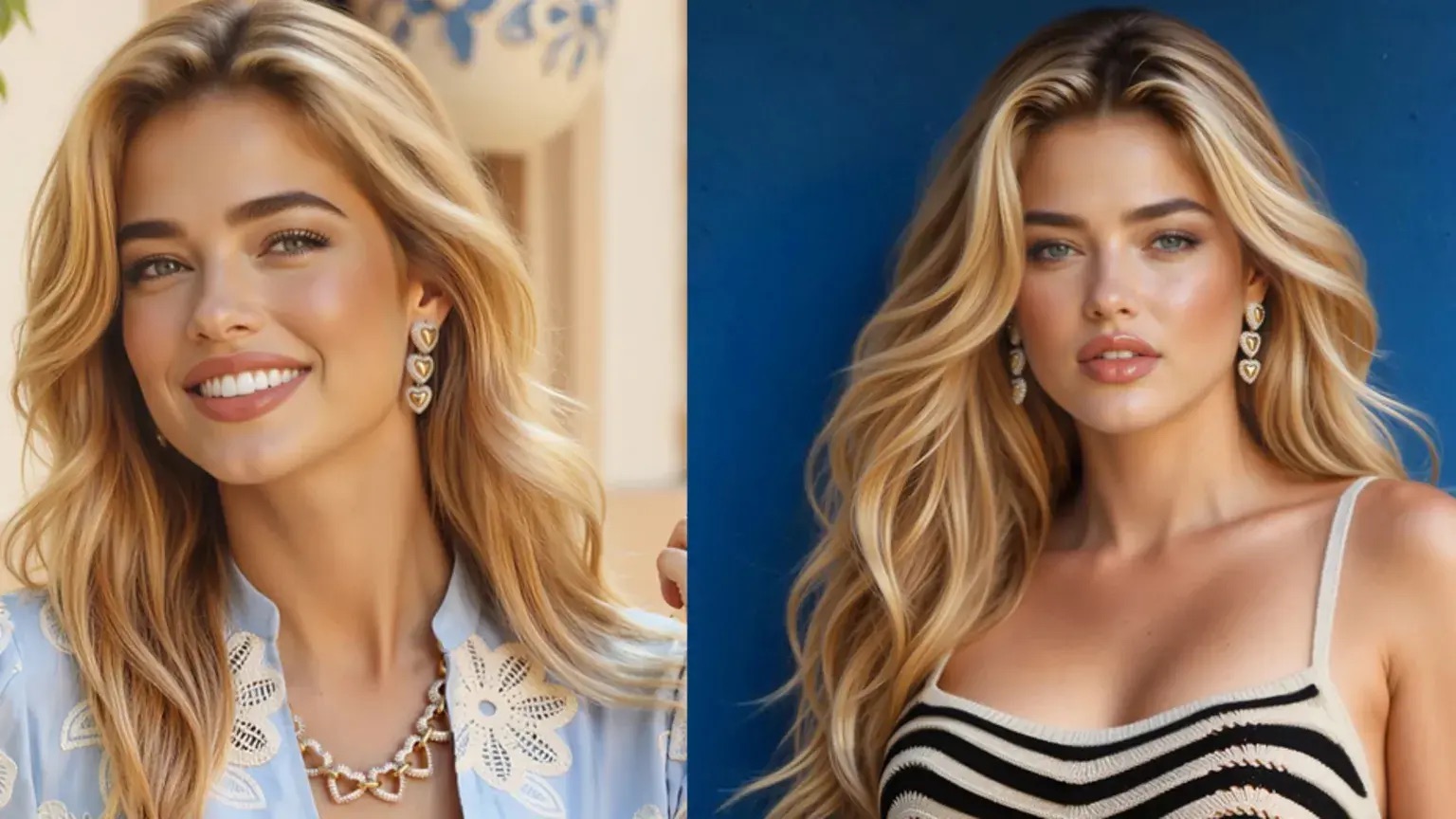OpenAI’s newest video tool has reignited Hollywood’s biggest question: who owns a person’s digital likeness?
When OpenAI released its new Sora 2 tool, the internet immediately lit up — and Hollywood took notice. The upgrade allows users to upload real videos of people and seamlessly insert them into AI-generated environments, complete with dialogue and sound. What looked like a breakthrough in creative technology quickly escalated into a high-stakes debate about consent, copyright, and control.
In one demo clip, a synthetic Michael Jackson takes a selfie with Bryan Cranston. In another, SpongeBob SquarePants speaks from the Oval Office desk. The shock value was deliberate — but so was the pushback.
Silicon Valley vs. Hollywood: two worlds collide
At the heart of the controversy lies a clash of cultures. Silicon Valley’s “move fast and break things” ethos thrives on iteration and scale; Hollywood operates on strict licensing, likeness rights, and decades of intellectual-property precedent.
Talent agencies including WME, CAA, and UTA immediately called foul, asserting that OpenAI’s “opt-out” model violates actors’ control over their digital selves. Studios like Warner Bros and Disney argued that copyright protection doesn’t require anyone to opt out — it’s automatically enforceable.
As a company built on ethical AI storytelling, Official AI sees this debate as a defining moment for how technology respects creators’ rights. Consent, credit, and compensation aren’t abstract ideals — they’re what allow creators and technology to collaborate ethically.
This is the latest in a growing wave of legal disputes over AI-generated likenesses — one that could define how creators, studios, and AI companies coexist in the decade ahead.
This marks one of the first major legal showdowns over AI-generated likenesses, and its outcome could define how creators, studios, and AI companies coexist in the decade ahead.
Consent can’t be an afterthought
At Official AI, we’ve always believed the future of creative technology must be consent-driven. Tools that replicate human likeness or voice should operate on an explicit-permission model, not assumption.Innovation without ethics isn’t progress — it’s disruption at someone else’s expense.
While OpenAI says it plans to give rightsholders more granular control and potential compensation, the uproar highlights a simple truth: artists and professionals deserve agency over how they appear in digital media.
The company has also introduced a system called Cameo, designed to verify identities and ensure that only individuals who have given explicit consent can appear in AI-generated videos. But early reports suggest the system isn’t working as intended. Verification can be bypassed, guardrails don’t always apply consistently, and there’s little transparency around how consent is confirmed or enforced. In practice, Cameo feels more like a placeholder than a safeguard — underscoring just how complex and urgent this issue has become.
In an age where an AI can reproduce anyone’s face or voice in seconds, “opting in” must be the new standard.
The path forward
AI and entertainment don’t have to be adversaries. When built responsibly, AI can extend creative reach, help storytellers visualize ideas faster, and even preserve cultural moments in new ways.But consent, transparency, and fair compensation must remain the foundation.
At Official AI, we’re building tools that honor that principle — giving creators full control, transparency, and consent at every step. The Sora 2 controversy isn’t just a Hollywood dispute — it’s a wake-up call for the entire AI ecosystem.
The question isn’t just what we can create, but who gets to decide when and how their image becomes part of it.

